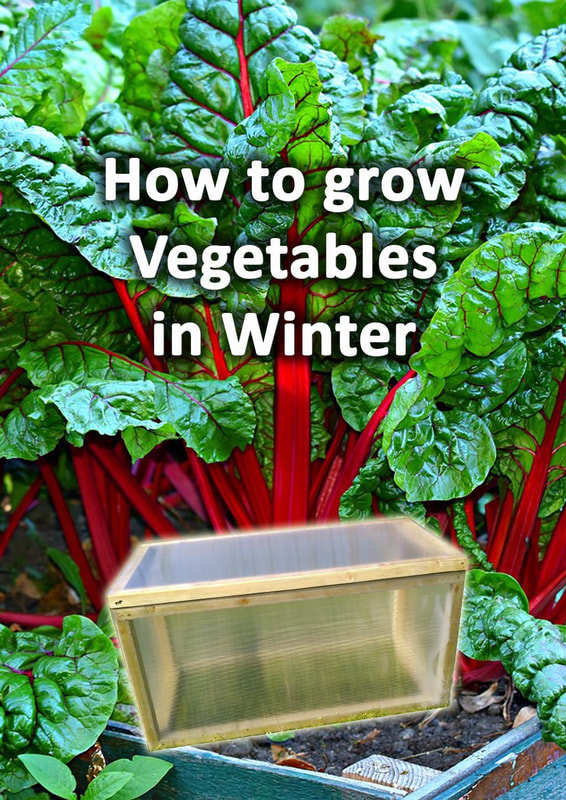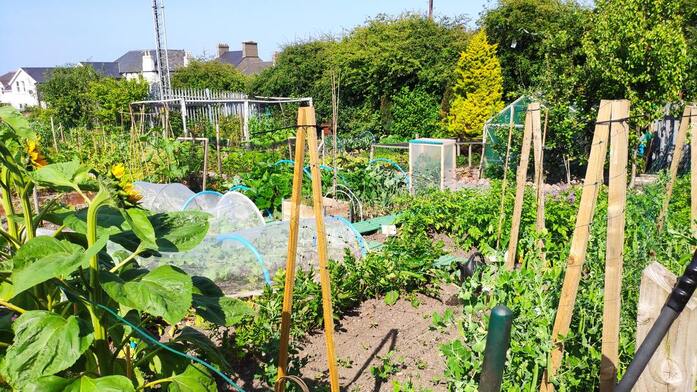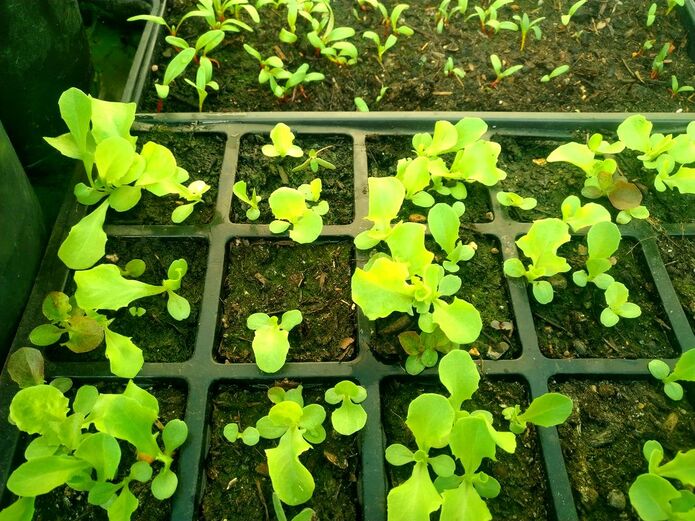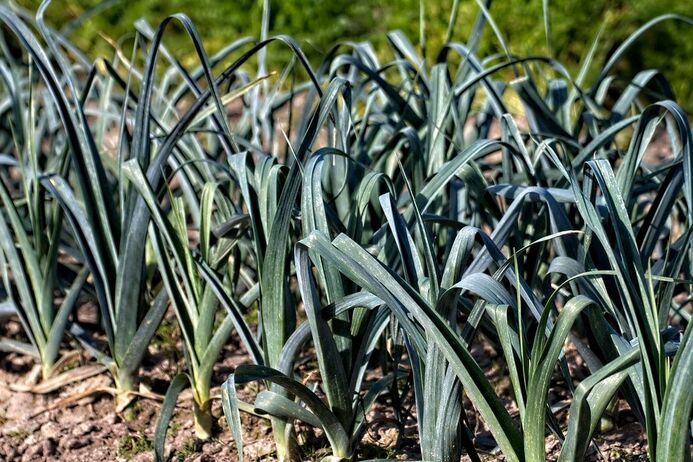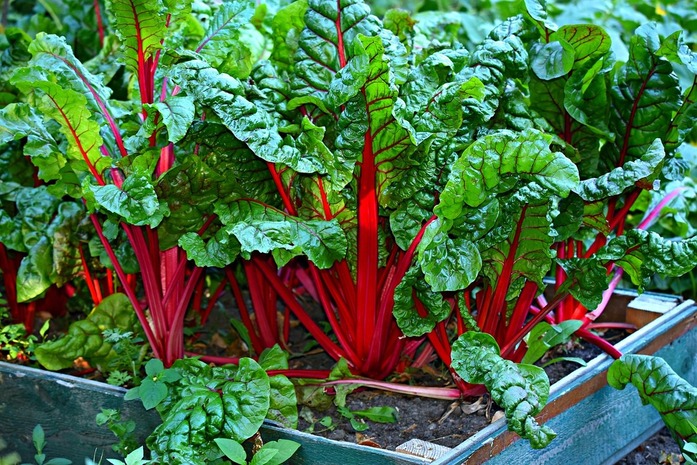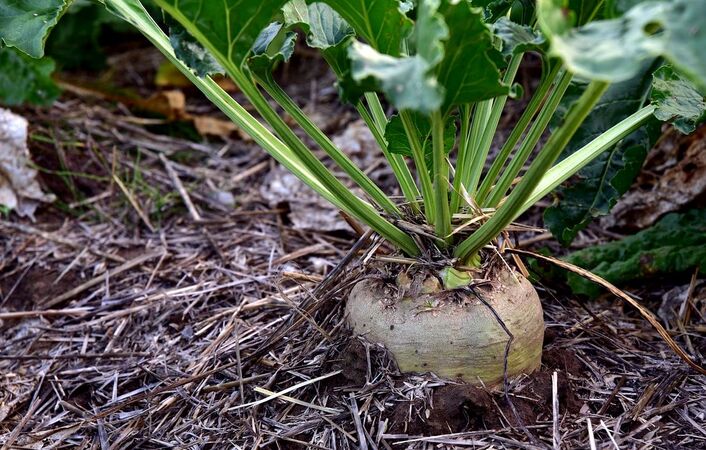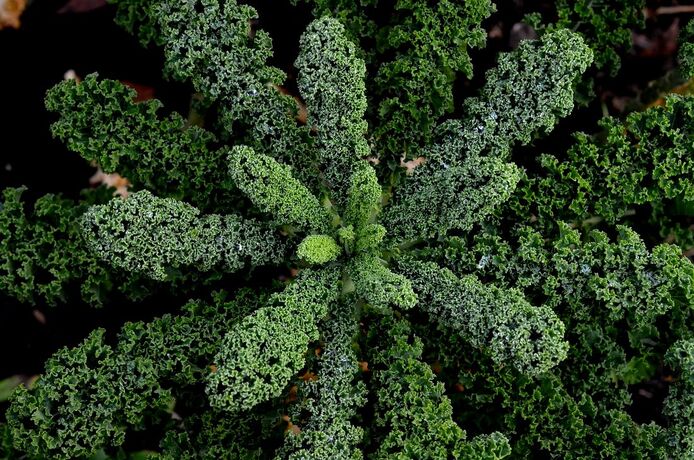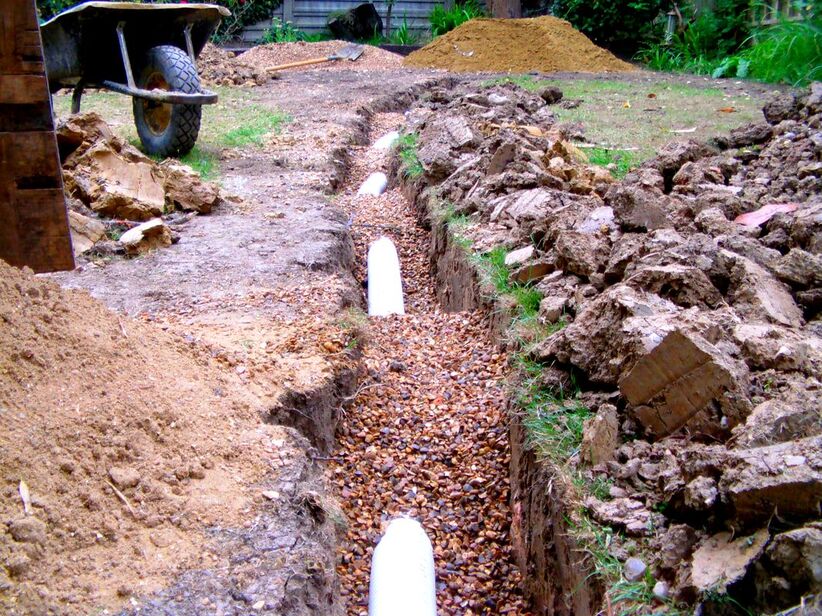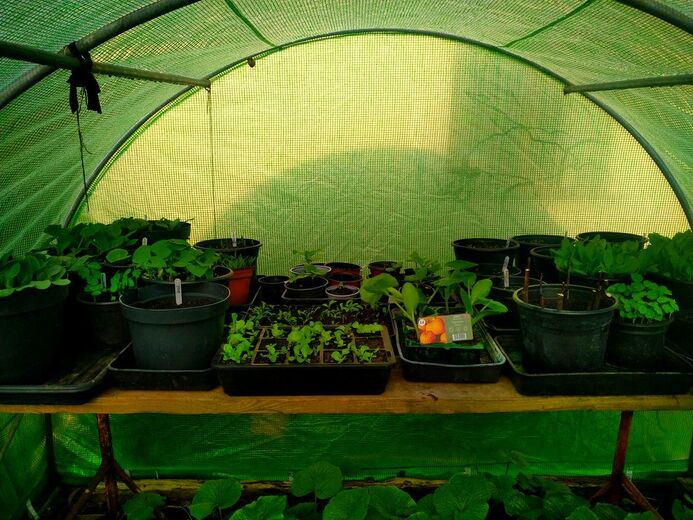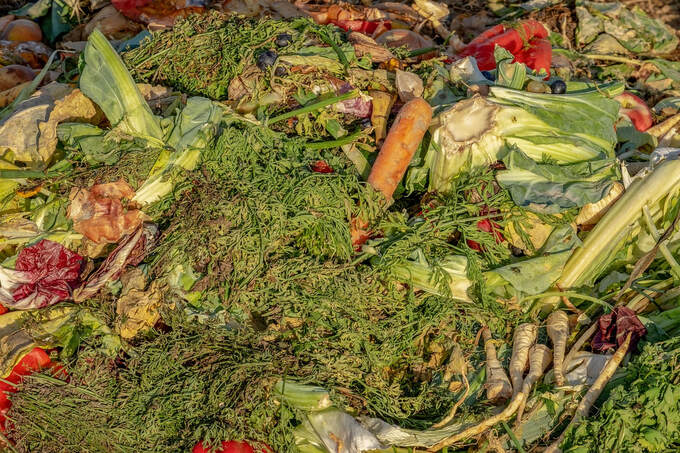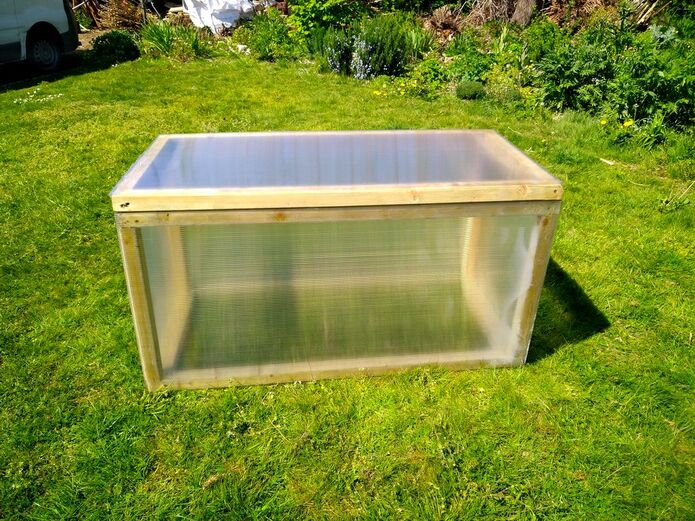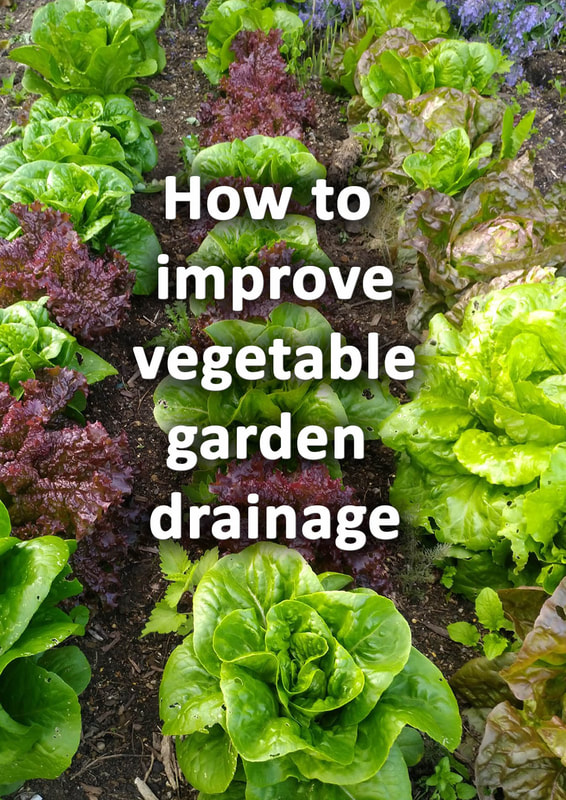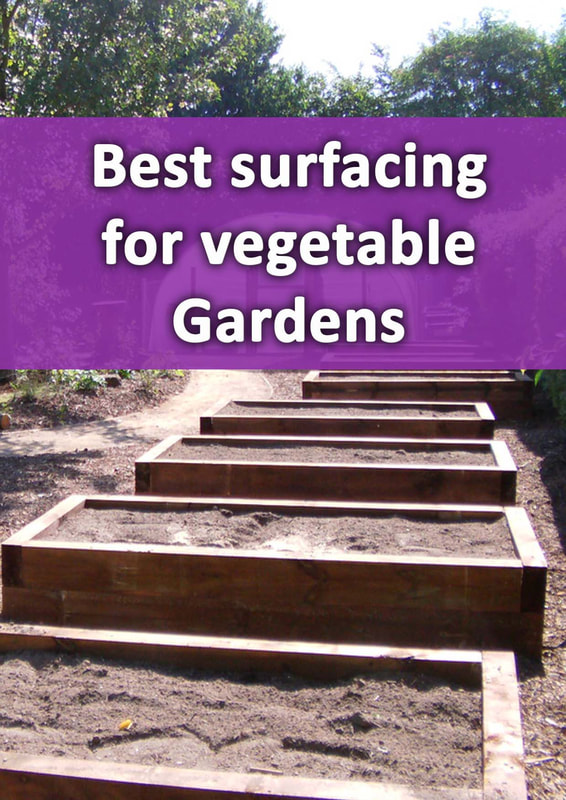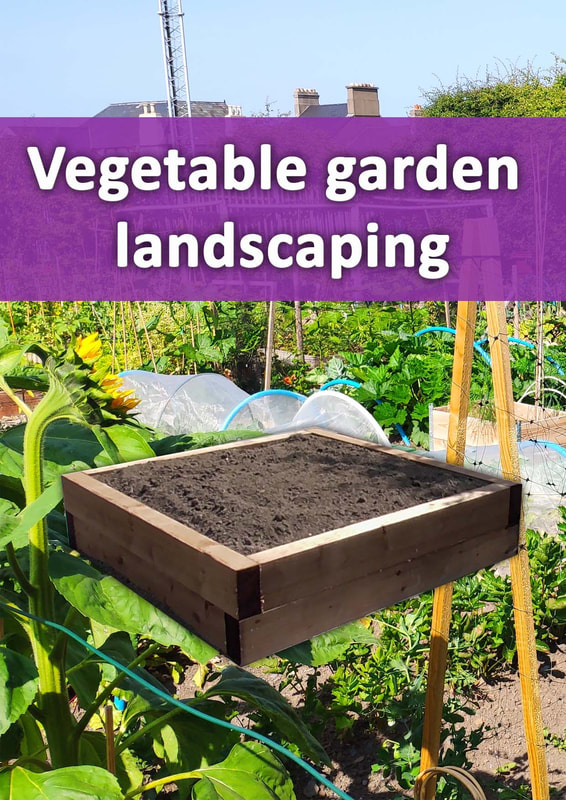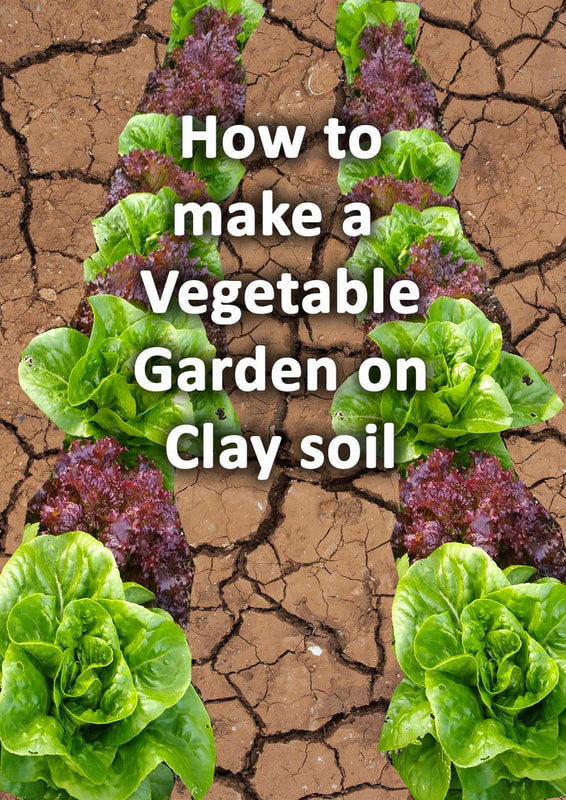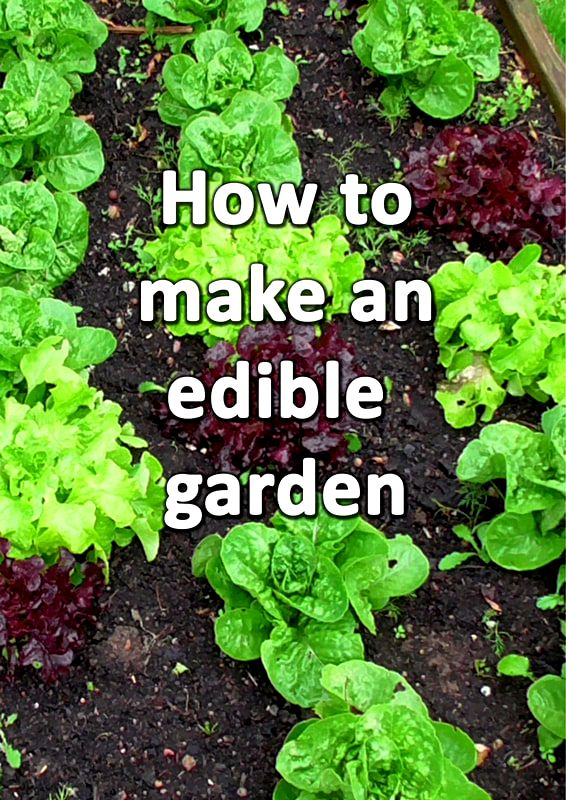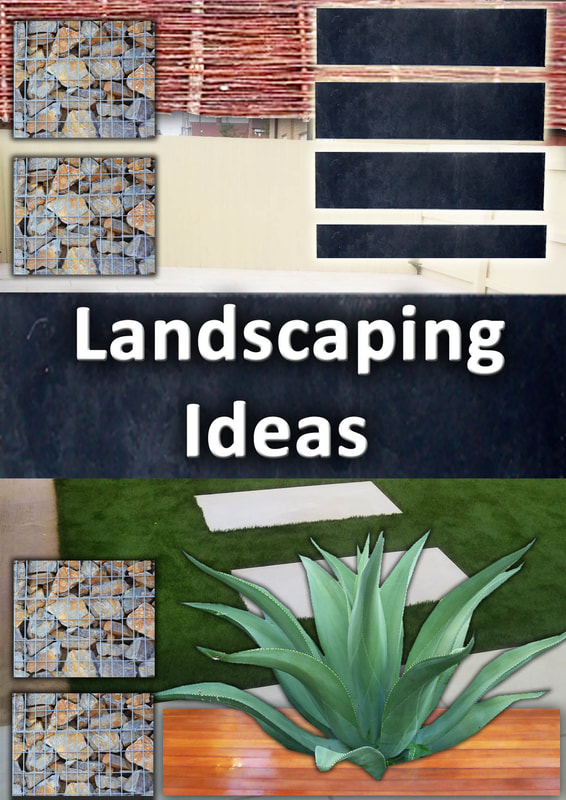|
This article contains affiliate links
It is a common misconception that you cannot grow vegetables during the winter months.
It is important to remember however that you will not reach summer levels of production during winter. This is because the suns light is much less powerful during the winter season. All vegetables rely upon sunlight and photosynthesis to produce energy and grow. Therefore the shorter days and colder conditions will create some challenges. However, by utilising cold tolerant vegetable varieties, cover and timing you can grow delicious vegetables all winter long. Here I will break down all the elements of how to grow vegetables in winter. Grow the correct vegetables
Amongst all our favourite vegetable species there is a broad range of optimum growing conditions. Some vegetables like it cool and moist while others like hot sun during the growing season. There are many vegetable varieties which tolerate very cold temperatures once seedlings have become hardy young plants. Most of the time growing vegetables in winter relies upon knowing when to sow and plant your crops. Below we have listed the top 20 vegetables for growing through the winter:
Know when to sow
Knowing when to sow and plant out your young plants is vital for successful vegetable growing in winter. In reality, the months around the shortest day vary rarely see any real growth. This is because of cold temperatures and restricted photosynthesis. During this time most vegetables will go into a state of dormancy. Therefore, the trick is to grow quick crops up until Christmas and establish cold hardy, early croppers for overwintering. Fast autumn & fall croppers
Generally things like spinach, radish and pack choi can be planted in autumn for cropping in November. This will of course depend upon where you live and what your specific region will allow. By growing under cover cropping can very much be pushed up until Christmas. Overwintering & early season croppers
These crops are more tough and hardy varieties which will stay in the ground all winter long. Crops such as chard, cabbage, kale and broccoli can be hardened off and planted outside in autumn. These vegetables will be quick to put on growth and crop quickly in spring. All these crops can be lightly cropped in late winter as they put on growth. This whole process can be exacerbated if grown in greenhouses and polytunnels. Understand your climateUnderstanding your climate is vital for growing vegetables successfully in winter. If you live in the southern United States you will have much more flexibility than the north of Scotland. Not only will your distance from the equator dictate temperatures it will also dictate the strength of sunlight. The only way to work out for sure what will grow well is with experimentation. As with primary growing season you can have great weather and sometimes its not so favourable. If you do live within a particularly cold region the more protection you can provide the better. It can help to find out what climatic zone you fall within to get an idea of an individual vegetables suitability. Create shelter
Vegetables like relatively sheltered environments with no strong winds to grow well. If you live in a particularly exposed location you may wish to consider adding some shelter. Shelter belts come in many different forms but the best are those which filter strong winds. Solid walls can create violent turbulence in exposed regions. The best shelter belts are hedgerows which absorb the winds energy slowly. If you live within a suburban setting it is likely surrounding buildings, boundaries and fencing will already provide effective shelter. Enhance microclimates
Microclimate is a topic not always discussed when it comes to growing winter vegetables. It can be surprising just how much temperatures can vary around your backyard. This is particularly so when the sun is shining. For example, a south facing wall with a patio will be much warmer than a north facing shady area. Warm air rises so the top of a south facing gradient can generate substantially more warmth than surrounding areas. When planning for winter vegetables try to evaluate your sites potential to leverage microclimate. Avoid frost pockets
Frost pockets are low areas within the landscape where freezing air can congregate. These frosty zones are typically found at the base of hills or along low boundaries. Frost pockets can be quite detrimental to growing vegetables during the winter. Try to plan for vegetable plots to avoid low areas within the landscape. A good way to avoid frost pockets would be to grow in raised beds within a sunny aspect. Improve drainage
During the winter month’s; cold temperatures, low transpiration rates and changeable weather result in moist soil conditions. Even if a plant can tolerate extreme cold most do not enjoy being both cold and wet. If your garden regularly becomes boggy during the winter you may want to improve your plots drainage. Why not visit our article on how to drain your garden and vegetable garden drainage here. If you have very boggy soil building raised vegetable beds could be a good strategy for better drainage. Growing undercover
If you really are serious about successfully growing vegetables in winter planting undercover is a great strategy. Growing vegetables in polytunnels and greenhouses can really give you the edge in the winter months. The sealed environment captures heat energy from the sun greatly extending your season. Growing in such structures also provides the perfect protection from snow, frost and hail stones. There are now a whole range of polytunnel and greenhouse products on the market. Some of these require no heavy concrete foundations or permanent anchor installations. Install heating
If you do install a greenhouse for growing winter vegetables you can take things a little further. Installing a heating system inside your greenhouse can prevent crops from getting too cold. This can really boost your production over the colder months. Greenhouse heaters can also enable you to sow outside earlier and even grow more exotic varieties of vegetable. Below I have linked to a popular greenhouse fan heater. Build a hotbed
Hot beds were a method of greenhouse heating which was very popular with Victorian gardeners. These hotbeds utilised heat produced from microorganisms breaking down organic materials. Very much in the same way composting gives off heat, hot beds were formed to heat greenhouses. Layers of manure, straw and kitchen waste was heaped up to create a continuous source of heat. Hotbeds are a truly sustainable way to provide ecological heating and fertiliser for greenhouses. Mulch
Mulching your vegetable plots is a great way to retain moisture, improve your soil and suppress weeds. During winter it also has the added benefit of protecting crops from ground frost. A generous layer of organic matter can help insulate vegetables roots from freezing. This can lead to better growth leading to stronger and healthier vegetable harvests. Protect crops with cloches
If you are growing your winter vegetables outside in the ground, cloches can provide excellent protection. These miniature greenhouses can help young plants establish while they are resisting extreme winter weather. Cloches can warm up very quickly in spring leading to fast cropping. These mobile growing tunnels can also offer effective protection from foraging birds and larger mammals.
Thank you for reading our article on how to grow vegetables in winter. If you require a vegetable garden builder or designer do not hesitate to contact us.
I will link to some other vegetable garden articles you may also find useful.
'As an Amazon associate I earn from qualifying purchases'
0 Comments
Leave a Reply. |
The Author
|
Landscaping services across Buckinghamshire, Amersham, Aylesbury & High Wycombe
Hyde Heath, Amersham, Buckinghamshire |
|
